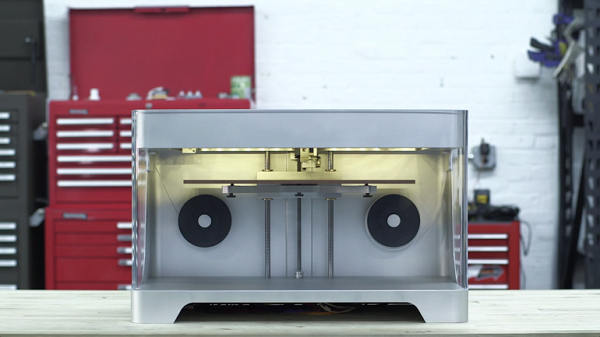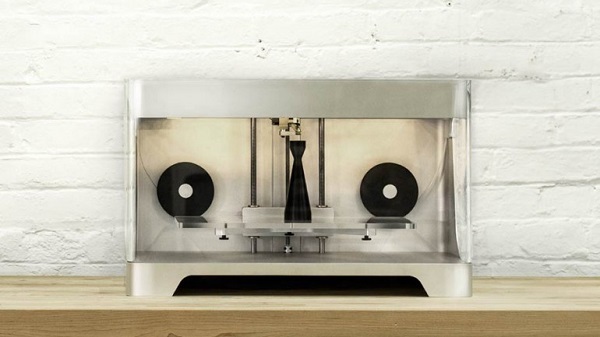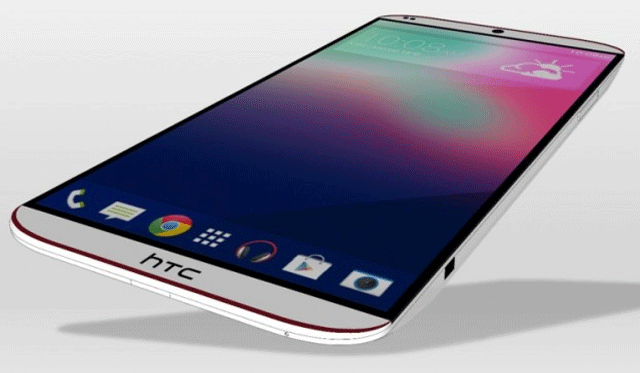Walyou |  |
- Update to BB10 Puts Blackberry Back in the Game
- World’s First 3D Carbon Fiber Printer Available Soon for $5K
- Google to Pay Almost $3 Million for People to Hack Chrome OS
- Lenovo Buys Motorola Mobility from Google for $2.91B
- HTC One “M8″ Rumored Changes, Launch Imminent
- Smeg Fiat 500 Fridge Takes Recycling to the Extreme
| Update to BB10 Puts Blackberry Back in the Game Posted: 30 Jan 2014 06:00 AM PST 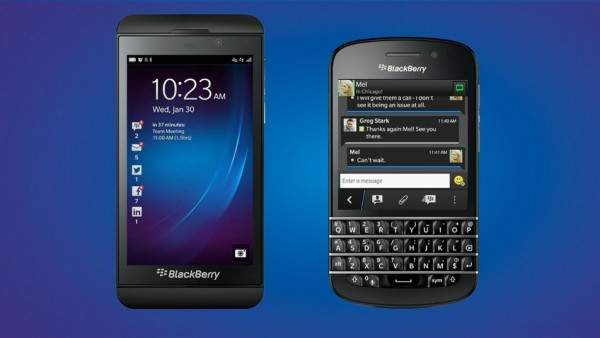 Blackberry is still at it. Despite plummeting stock price and massive slashes to their labor force, Blackberry is still pushing forward with a big BB10 update. It's been a tough year for Blackberry. Despite the hyped launch of Blackberry 10 and its flagship Z10 device on January 30th 2013, Blackberry spent most of the remainder of 2013 issuing large layoffs and surviving rumors of bankruptcy. Blackberry stock has seen a slight uptick for 2014, but the former smartphone juggernaut is still only a shadow of its former self. Despite generally positive reviews, BB10 never caught on with consumers and many organizations are sun-setting their Blackberry services in favor of other platforms. The software itself was fine, and actually appreciated for its gesture based innovation and unique design, but the mobile OS didn’t have a leg to stand on when it came to app support when compared to iPhone, Android, or even Windows Phone. Well, all that has changed with version 10.2.1. Many of the changes are very iterative, such as the addition of actionable notifications on the lock screen and changes to the Blackberry hub to allow the sorting of messages as well as provide support for group email and SMS, but the real gem of this update is nearly full, seamless, support for Android app installation. Android apps were previously available for Blackberry 10, but it was not a simple process and not all apps were supported. The Verge is reporting that after the update to 10.2.1, they are able install Instagram—an app that traditionally doesn’t function properly for Blackberry—and the only apps they have any noticeable issues with were Google developed apps (likely due to the baked in Google play services functionality for Android). This is a major step forward for Blackberry and may put them back in the game. There is very little chance they will ever return to their former glory with Apple having stolen and secured that top spot, but this provides them a strong foothold to stop the sliding and maybe even begin regaining prominence in the market. They aren’t out of the woods yet, though. 2014 may very well be a make or break year for the shrunken titan, but Blackberry is back on its feet for the time being, so hopefully we will see some good things from them this year. Source: The Verge Read more on walyou, Details On Secret Nokia Devices Come to Light, Apple Patent Suggests Curved Screen for Next iPhone |
| World’s First 3D Carbon Fiber Printer Available Soon for $5K Posted: 30 Jan 2014 05:30 AM PST 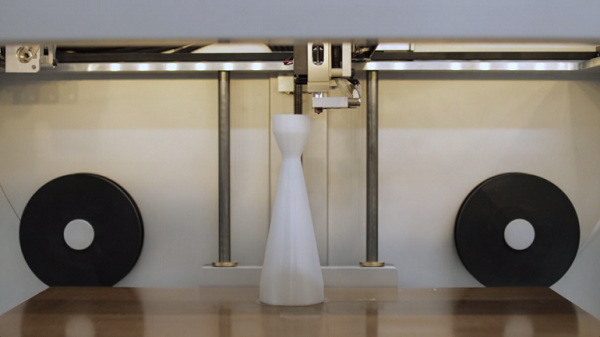 All the wildest dreams of auto and motorcycle enthusiasts will soon come true, as they will be able to 3D print custom carbon fiber parts for their rides. Mark One, the 3D carbon fiber printer developed by MarkForged, could open a new world for manufacturers of aftermarket parts for cars and motorcycles. Its capabilities and uniqueness are not the only things that set it apart from the other 3D printers out there, but also the fact that it’s incredibly affordable.
The objects printed by the Mark One can measure up to 305 x 160 x 160 mm (12 x 6.25 x 6.25 in). Besides carbon fiber, this unique 3D printer can also handle fiberglass, nylon and polylactic acid (PLA), so the diversity of aftermarket automotive parts is only limited by the imagination (and the CAD skills) of the ones using it. Unlike Stratasys’ latest 3D printer, which prints using up to 3 materials at a time, the MarkForged Mark One only prints one material at a time.
In the recent past, carbon fiber has become one of the favorite materials in the automotive and aerospace industries. The light weight and the extreme strength of this fiber has made it great for such applications. MarkForged President Gregory Mark (I see what he did there, by adding his name to the company’s in an inconspicuous way) also co-owns Aeromotions, a manufacturer of computer controlled aerodynamic carbon fiber spoiler wings for high-performance race cars, so we can already see where some of the things printed by the Mark One will go to.
MarkForged also pride themselves with Mark One’s great accuracy. Placing the printing tray in exactly the same spot between layers is essential, and since the removable platform of this 3D carbon fiber printer clips back in with 10-micron accuracy, there’s not much more you could ask.
At $5,000, MarkForged Mark One is incredibly priced, and there’s no doubt that many auto makers will pick one up as soon as it becomes available. However, as in the case of regular printers, it’s not the Mark One that costs a lot, but its consumables. You think that carbon fiber and fiberglass grows in trees? The idea is that manufacturers of aftermarket car parts would have bought CF for their products anyway, so the printer might actually help them become more accurate and more creative. If you liked this post, please check the Stratasys Objet500 Connex3 Color Mutli-material 3D Printer and the 3D printed organs that will be made by Organovo in 2014. |
| Google to Pay Almost $3 Million for People to Hack Chrome OS Posted: 30 Jan 2014 05:00 AM PST 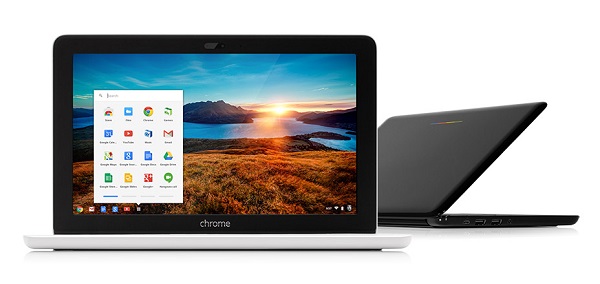 As part of a competition that Google are holding in March, the search giant are going to pay out almost $3 million in prize money for people to hack Chrome OS.
What do you get when you take a computer that has to be 'always on' and always connected to the Internet for it work properly and a time in history where people are capable of hacking cars, phones and just about anything with a computer chip, with just a bit of technological know how? You will, unfortunately, get an awful lot of people complaining about their devices being hacked, where not even the very best developed consumer devices can offer impenetrable lines of defence against a really determined team of coders. This is the problem that Google faces and would quite like to protect its Chrome OS running devices from, which is why they are prepared to shell out almost $3 million to identify ways in which it can be exploited. In a contest called 'pwnium', set to take place at the CanSecWest security conference in Vancouver, Canada in March, hackers are encourage to register, sign up and try their best to hack the ever-loving code out of Chrome OS, likely so that Google can then figure out how to fix said exploitation before the wider public (and other hackers) catch wind of it. The total figure of prize money is $2.71828 million, which is a reference to the mathematical concept of e, something that's important to know when putting together algorithms. But how do hackers get their hands on those many dollars in the prize fund? Google are said to be offering a cool $110,000 to hackers who can hack into either the HP Chromebook 11 or the Acer C720 Chromebook via a web page, with the more lucrative prize of $150,000 going hackers who can not only hack either or both of the Chromebooks via a web page, but are also still able to control the Chromebook even after the device has been rebooted. Hopefully for Google they'll be able to fix the flaws in Chrome OS that allow it be hacked, thus protecting Chrome OS users from possible security breaches. We'll keep you posted once we know more. Source: LA Times Read more on walyou, Google and Samsung Sign Global Patent Cross-Licensing Agreement, 6 Amazing Google Glass Features |
| Lenovo Buys Motorola Mobility from Google for $2.91B Posted: 30 Jan 2014 04:30 AM PST 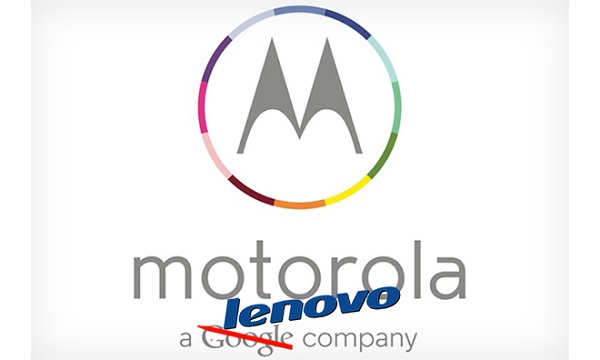 Motorola’s mobile phones division will soon have a Chinese parent, mostly because of its unpopularity with Google shareholders. Earlier this week, Google and Samsung signed a patent cross-licensing agreement. The next day, Samsung announced that it would give up most of its proprietary Android apps in favor of apps made by Google. The world is wondering what’s happening with Android, especially since yesterday Google said it would sell Motorola Mobility to Lenovo for $2.91B.
Buying Motorola in 2012 for $12.5B and selling it now for $2.91B doesn’t seem to be exactly the deal of the century. If you add to that that Lenovo is going to pay that money in several installments, the deal looks even worse. However, there’s a catch to all this. Google will keep most of the 17,000 Motorola Mobility patents and will share them with Samsung. As mentioned before, Lenovo won’t be paying the entire amount upfront, but only $1.41B, and that as $660 million in cash and $750 million in shares. The rest of $1.5B will be paid over the next 3 years. Since the Larry Page mentioned in an official blog post that “the smartphone market is super competitive, and to thrive it helps to be all-in when it comes to making mobile devices. It’s why we believe that Motorola will be better served by Lenovo — which has a rapidly growing smartphone business and is the largest (and fastest-growing) PC manufacturer in the world. This move will enable Google to devote our energy to driving innovation across the Android ecosystem, for the benefit of smartphone users everywhere.” Yang Yuanqing, Lenovo’s chief executive, made a statement that sounds very promising: “We will immediately have the opportunity to become a strong global player in the fast-growing mobile space. We are confident that we can bring together the best of both companies to deliver products customers will love and a strong, growing business.” Ever since Google bought Motorola, some really decent smartphones came out, but none of them was truly revolutionary, except for Project Ara, the modular phone, which Google is going to keep anyway, along with Motorola’s Advanced Technology group. On top of that, Motorola is said to have been really unpopular with Google shareholders, so after all, maybe it’s better that Lenovo will take care of it. If you liked this post, please check the Nest Labs acquisition by Google and the patent cross-licensing deal that Samsung and Google signed. |
| HTC One “M8″ Rumored Changes, Launch Imminent Posted: 30 Jan 2014 04:00 AM PST 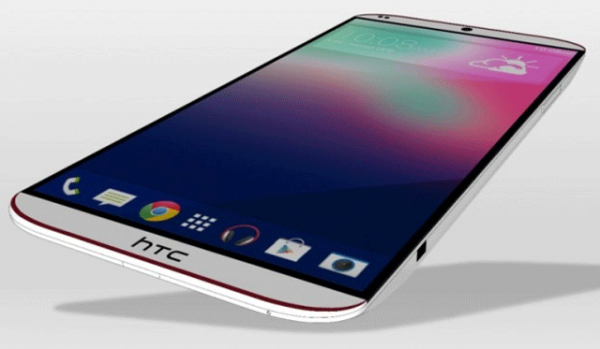 HTC made a big splash with reviewers and Android fans last year with the HTC One, but sales were sluggish. Can they keep quality and increase numbers in 2014?
The HTC One received high marks on just about any scale it was measured by, from its innovative aluminum unibody design, to the lauded-yet-controversial 4 mega-pixel "ultra pixel" camera innovation, to the boom-sound speakers producing the loudest and highest quality sound available on a smartphone. Unfortunately, the phone did not live up to the buzz in sales numbers, so many eyes are on the much rumored—yet unannounced—HTC One sequel codenamed the "M8." Last year's model was announced at a special event shortly before Mobile World Congress in Barcelona, Spain, but with this year's MWC fast approaching and no events officially announced, many (such as Twitter leaker @evleaks) are postulating that the device may be announced at the actual conference this time around, which may be a welcome change of pace for many as most bigger manufacturers have begun to opt for their own separate device launch events, removing much of the actual news surrounding conferences such as MWC. The "M8" is rumored to sport a 5" 1080p display, which is .3 inches larger than its predecessor, but loses about 28 pixels per inch, which may be a drawback for some as last year's One was praised for its crisp display, although the difference may only be noticeable to the keener eye. Other hardware improvements include a 2.26 GHz Qualcomm Snapdragon 800 processor and 3GB of ram, which are both a good step up and consistent with newer phones of this tier. The camera is the area from which most will desire improvement. While the 4MP "ultra-pixel" camera produced great color and performed very well in low light, many people didn't consider the loss in resolution worth it. The software will likely be the HTC Sense 6.0 manufacturer skin on top of Android 4.4 KitKat with on screen navigation software buttons (a first for HTC), finally ditching the capacitive buttons below the screen (likely accounting for the .3 inches in screen growth). All signs point to another quality device from HTC, but what remains to be seen is how sales will stack up against the brand recognition and marketing of Samsung and Apple, both of which vastly outsold HTC in the last cycle. We'll keep you posted once we know more. Read more on walyou, iPhone 6 Rumoured to Have 5.5 Inch Screen, Launch with iWatch, Samsung Galaxy S5 Reportedly Set for February 2014 Release |
| Smeg Fiat 500 Fridge Takes Recycling to the Extreme Posted: 29 Jan 2014 11:30 AM PST 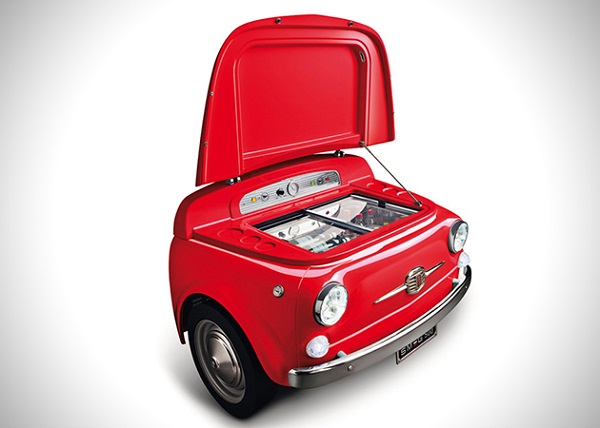 A reputed Italian manufacturer of white goods decided to cross a classic Fiat 500 with a fridge, just for the fun of it. The resulting product is a retro refrigerator that keeps both car and beer lovers happy. Manufacturers of domestic appliances do their best to stand apart from the others, and this is most often done either by focusing on crazy designs or by including unusual features. In the past, we’ve seen fridges that reminded of Han Solo frozen in carbonite, as well as fridges that record messages so that the other members of the family can play them back later. SMEG500, a fridge made by Smeg from half-a-Fiat 500, bears a retro design, so don’t expect it to have any otherworldly features. The fact that it’s made from a recycled car is pretty much its major selling point, and what a selling point that is!
Turning a Fiat 500 into a fridge isn’t that difficult, apparently, so if you have one of these retro cars laying round, you don’t have to visit Smeg’s stores. Well, the Italian company’s product might be a bit more refined.
After removing the back end and the engine, all that Smeg did was to add an icebox. Frankly, a few other adjustments had to be made, such as the inclusion of a control panel, but a fridge couldn’t possibly function properly without all that.
In terms of storage capacity, don’t expect SMEG500 to be very large. After all, it’s made from a recycled small car, so the net capacity of only 100 liters shouldn’t come as a shocker. The accurate dimensions of this retro fridge are 830 x 125 x 800 mm. Judging by its compartments, it’s pretty clear that Smeg created this refrigerator with beverage lovers in mind. The removable glass shelf and the three removable bottle holders hint at that, anyway.
SMEG500 was first available in white and green, but the manufacturer thought that a red version would be suitable, too, so it launched one in the UK. I like the symbolism behind all this, as Italy’s flag has exactly these colors: red, white and green.
The result of Smeg’s partnership with Fiat is all about recycling, so energy efficiency is also a problem that green heads may raise. SMEG500 has an energy rating of A+, unless you turn the headlights on and off again very often. Oh, I forgot to tell you that you can do that… Lovers of retro fridges should stay away from this one unless they can shell 5,000 euros, or roughly $6,800. The idea is definitely unique, and owning a bit of history might somehow justify the price. If you liked this post, please check this Star Wars fridge depicting Han Solo frozen in carbonite and the |
| You are subscribed to email updates from Walyou To stop receiving these emails, you may unsubscribe now. | Email delivery powered by Google |
| Google Inc., 20 West Kinzie, Chicago IL USA 60610 | |
